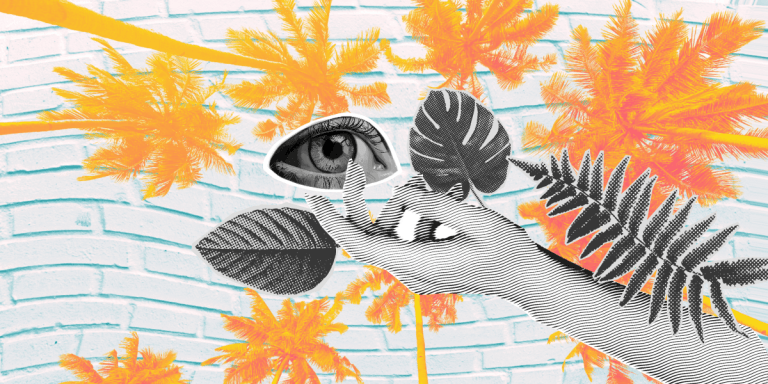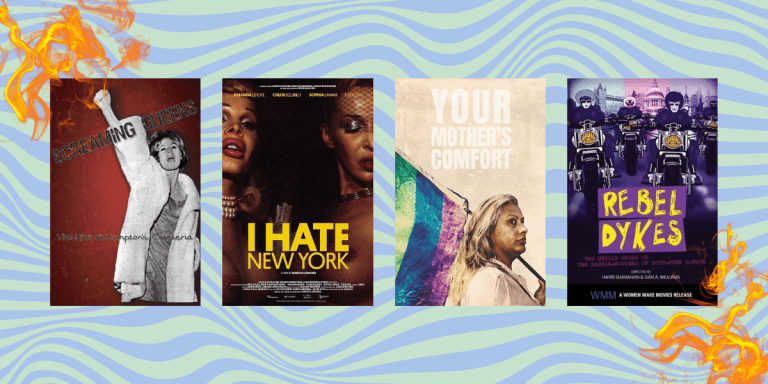Read these works of fiction, nonfiction, and poetry, and then let yourself fill with rage and release.
Rage Party
Kayla Kumari Upadhyaya
Jun 24, 2023
lesbian sex
NSFW

lesbian sex
Try These Exercises for Better Strap-On Sex
Ro White
—
personality quiz
Rage Party

quizzes
Quiz: What’s Your Pride Vibe?
The Latest
Lgbt History
Mar 21, 2025
Television
Mar 21, 2025
Af+
Mar 21, 2025
Sports
Mar 21, 2025
Television
Mar 21, 2025
#affiliatemarketing
Rage Party
#affiliatemarketing
Rage Party
#affiliatemarketing
documentaries
Featured Archive
#affiliatemarketing
Rage Party
Rage Party
How a Far-Right Moms Group Is Threatening Queer Liberties in Schools
lesbian sex
NSFW
Try These Exercises for Better Strap-On Sex
Ro White
—
personality quiz
Rage Party
Quiz: What’s Your Pride Vibe?
#affiliatemarketing
Rage Party
In The Terrible We, Cameron Awkward-Rich Makes Space for Bad Trans Feelings
Guides
Sundance 2025

book lists
Tap Into Queer Rage This
Pride With These Scorching LGBTQ+ Books
Kayla Kumari Upadhyaya
Jun 24, 2023
Literature
Reviews
Literature
Kayla Kumari Upadhyaya
News
Rhea Almeida
Love + Sex
Ro White
Games
Kayla Kumari Upadhyaya
Recaps
News & Trailers
Queer Fashion
Become a Member
Become a Member to support queer journalism
What You Get:
LEARN MORE
Become a Member
Become a Member to support queer journalism
LEARN MORE
Fim & TV Features
Read these works of fiction, nonfiction, and poetry, and then let yourself fill with rage and release.
Kayla Kumari Upadhyaya
Jun 24, 2023
lesbian sex
NSFW

lesbian sex
Try These Exercises for Better Strap-On Sex
Ro White
—
personality quiz
Rage Party

quizzes
Quiz: What’s Your Pride Vibe?
Lgbt History
Mar 21, 2025
Television
Mar 21, 2025
Af+
Mar 21, 2025
Sports
Mar 21, 2025
Television
Mar 21, 2025















